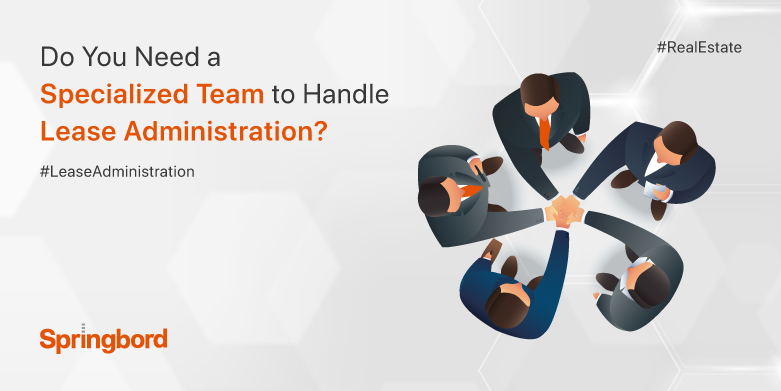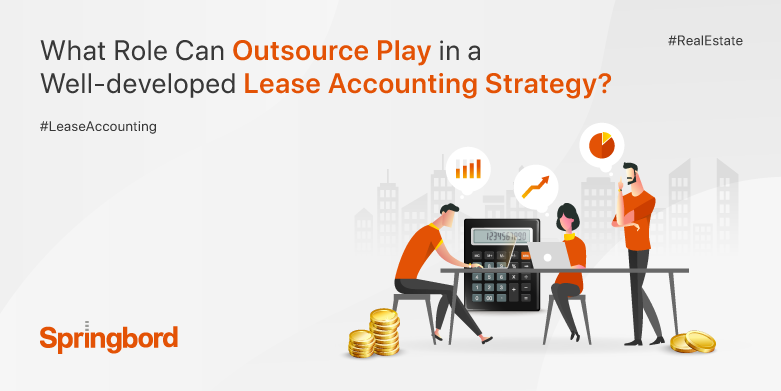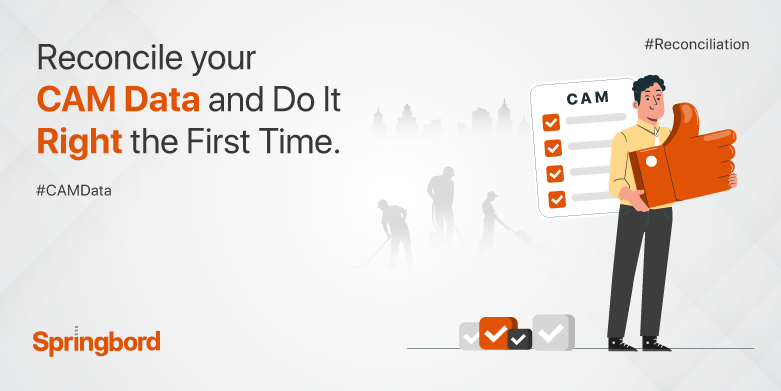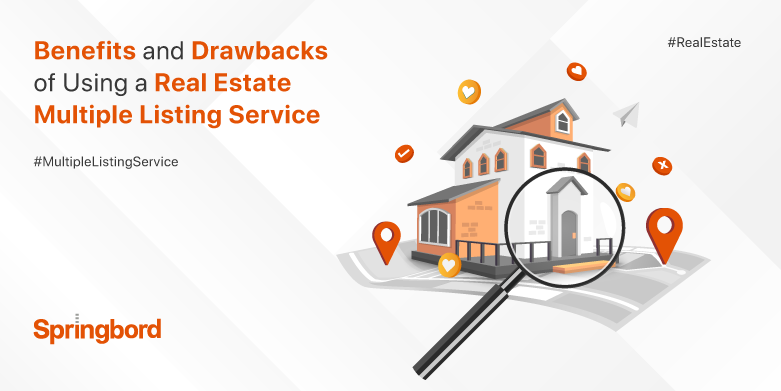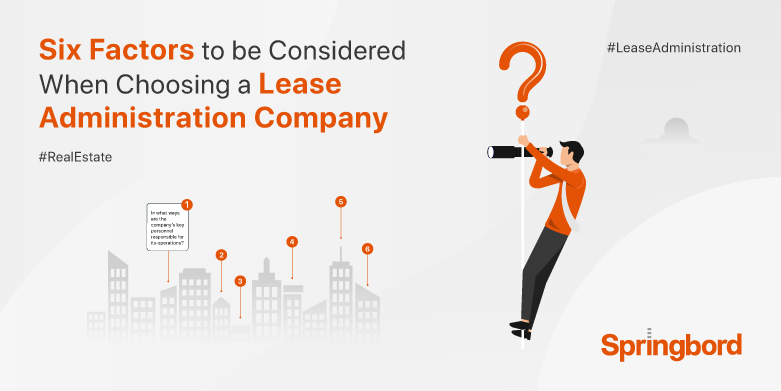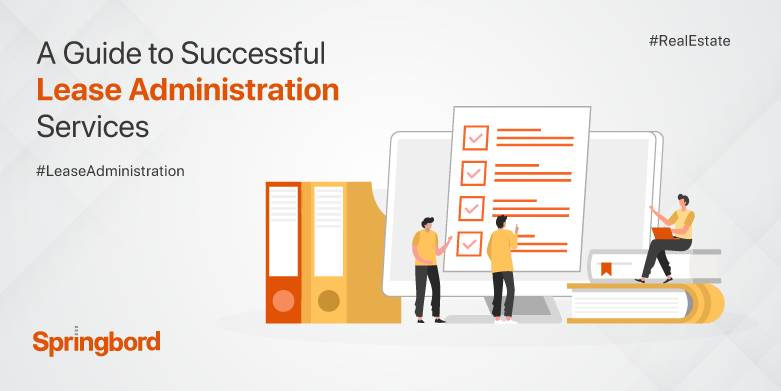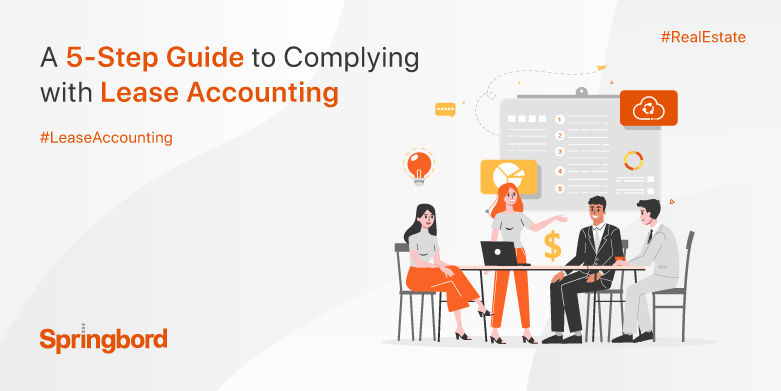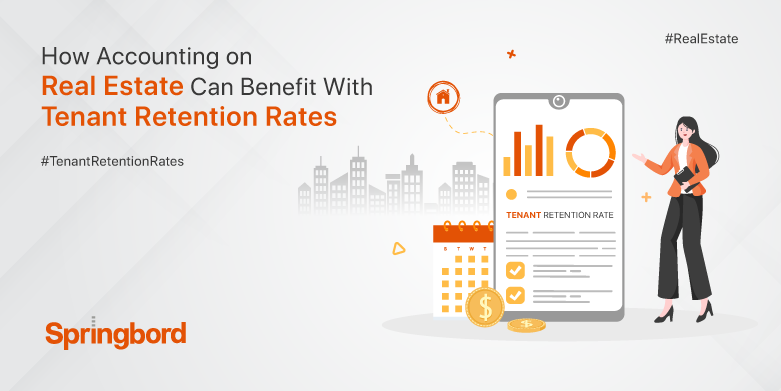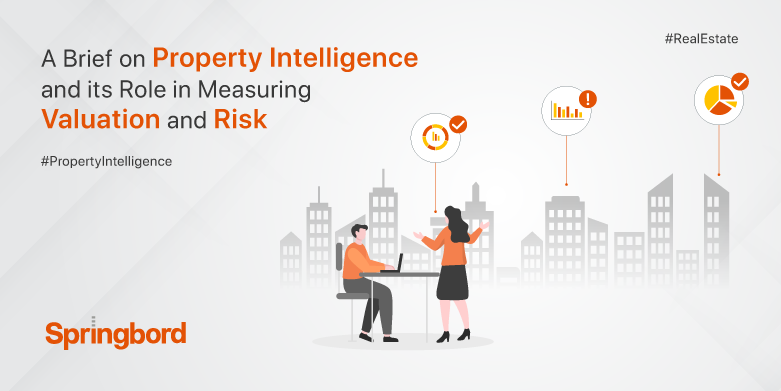Through proper lease administration, You may save a ton of money and exert a great deal of control and authority over your lease portfolios. Without proper lease administration, tenants often find themselves in a difficult position, with no recourse but to accept the landlord’s terms. This fact alone demonstrates why lease administration is so crucial.
You have a lot going on. You’re considering hiring an auditor and/or consulting firm to handle the massive transition to FASB Topic 842 and IFRS 16 since you just don’t have the time, resources, or manpower in-house to do it alone. Hiring an auditor or CPA can help you save time and have access to
“Common Area Maintenance” (or “CAM”) is used in the property management industry to refer to fixes and upkeep that affect both the building and its residents. Expenses for shared areas in mixed-use buildings should be taken into account. In addition to homes and maybe even workplaces, these projects might provide retail, dining, and leisure options.
People sell their houses for a wide variety of reasons, including the inability to accommodate a growing family, the necessity to move to a different city or state for a new profession, or a desire for a lifestyle change. If you’re selling your home, whether for financial or emotional reasons, you’re probably like everyone else
There are many positive aspects to hiring a third party to handle the analysis, audit, and management of a real estate portfolio’s leases. Due to economies of scale, having a specialized team manage a company’s leases results in lower costs and better service for the company as a whole. When property owners outsource their lease
A lease administration is ensuring that the terms of the lease are well maintained. Lease management/administration services generally include reporting, document management, coordinating with the stakeholders, and performing a number of other administrative tasks. These services can range from fulfilling repair requirements and serving notices to paying rent and maintaining communal areas. Despite being simple
Accounting is an essential service for any business and an opportunity to make profits. Managing the accounting process is not just about the numbers, calculations, and compliance. With property accounting services, businesses can be more compliant with laws and regulations. It would be best if you started by gathering all the information you need from
Introduction: In commercial Real Estate agencies, the agents have to manage a host of activities like keeping up with clients, managing finances, lease administration, and making business networks. Success in Real Estate not only depends on the ability to create contacts and close sales but also on following the best administrative practices. Accounting plays a
Property intelligence data and platforms can be used remotely to assess, study and understand property attributes by real estate stakeholders, financial institutions, and other insurance companies. Did you know that property intelligence can usher companies in precisely assessing property valuation and risk? This blog sheds light on property intelligence, how it is helping in the
When Financial Accounting Standards Board published its updates to the lease accounting standard, its main objective was to improve the clarity of financial reporting. But, it involves a number of complex decisions to attain compliance successfully. You need to ensure that you get adequate time and resources to get the job done. Many companies have


